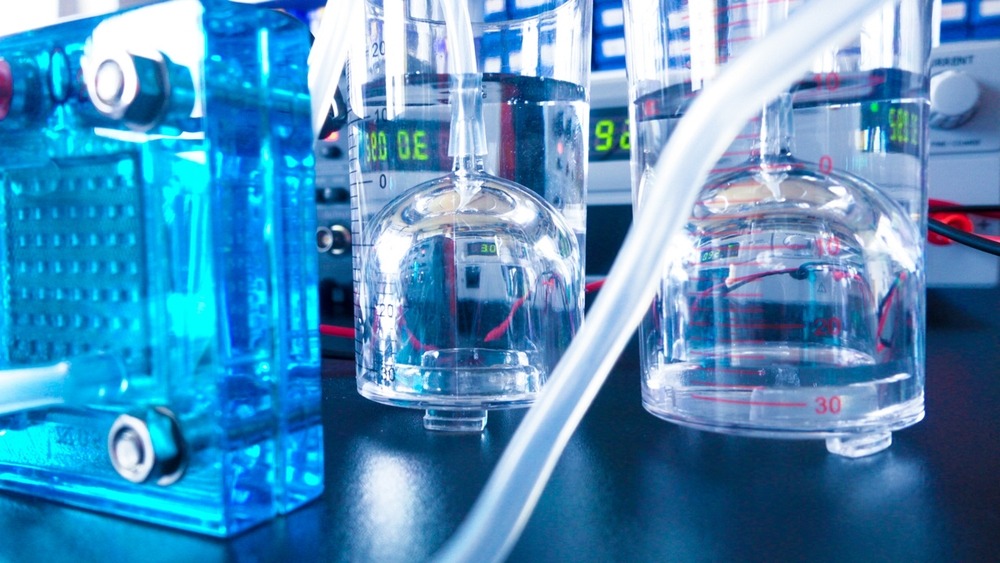
Protonex Technology Corp., a power solution company, has successfully completed a test flight of its ScanEagle unmanned aerial vehicle (UAV) equipped with a proton exchange membrane (PEM) fuel cell propulsion system.
Existing PEM technology was integrated onto the ScanEagle frame, a UAV which has been in use since 2004. It is capable of producing 1.2 kilowatts of power and 1.2 kilowatts of heat energy. The ScanEagle’s fuel tank is replaced with a hydrogen tank.
A hybrid battery also is included. It is capable of augmenting the hydrogen fuel, which is supplied prior to launch.
By using a PEM propulsion system, the UAV can operate at a lower noise level and have less vibration, making clearer photographs possible. It also allows for a mid-air start-stop capability.
PEM fuel cells were chosen because they have a high power density. They make power by creating a reaction between hydrogen ions and oxygen. A membrane, treated with a catalyst to speed the chemical reaction, is used to separate hydrogen fuel from the air while allowing hydrogen protons to pass.
ScanEagle can operate for 10 hours using the PEM cells. The system cost less to operate than larger UAVs while flying for two hours longer than traditional fuel versions.
ScanEagle is built by Boeing subsidiary Insitu.